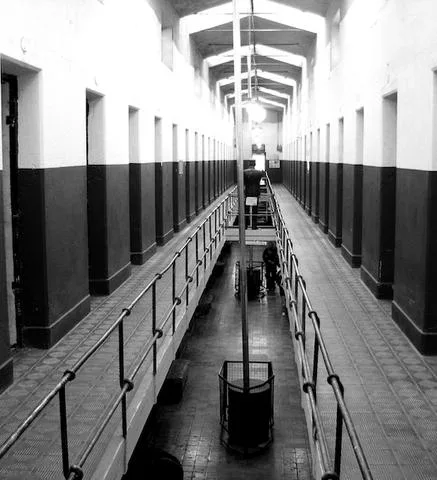BRIEF HISTORY
The United States has built a criminal justice system that relies heavily on incarceration. In the last 30 years, the number of inmates serving life sentences in the US has more than quadrupled. This growth is a reflection of the evolution of the philosophy and practice in our justice system that skews heavily towards imprisonment, where punishment and isolation take precedent over reformation, and a single sentence can mean a lifetime of disenfranchisement.
Throughout the first half of the 20th century, the US prison population remained steady. Less than 50 years ago, in 1970, the state and federal prison population was less than 280,000. Since then, the US has seen a sharp upward trend, with prison population numbers growing to more than 1.5 million by 2014. With the implementation of mandatory minimums stemming from the crackdown on drug offenses in the 1980s, the country’s prison population soared. In 1986, people released after serving time for a federal drug offense had spent an average of 22 months in prison. In comparison, by 2004, people convicted on federal drug offenses were expected to serve almost three times that length: 62 months in prison, on average.
In the early 1980s, federal correctional facilities began to be unable to accommodate the growing number of inmates. Private business interests saw an opportunity for expansion, and the private sector’s involvement in the prison system grew from a simple contracting relationship to complete ownership, operation, and management of private prisons. The Corrections Corporation of America (CCA) established itself in 1984, and that same year, the federal government first contracted out the entire operation of a prison in Hamilton County, Tennessee, to CCA. Now the three largest private companies are responsible for 6 percent of state prisoners and 16 percent of federal prisoners, with the two largest private prison companies (CCA and the GEO Group) raking in over $3 billion in revenue in 2014.
THE COST OF INCARCERATION
Crime and high rates of incarceration impose tremendous costs on society, with lasting negative effects on individuals, families, and communities. While crime rates in the US continue to fall steadily, acutely high rates of imprisonment, particularly among nonviolent offenders, are leading policymakers and experts to question whether the cost of incarceration exceeds the social benefits. Today, state expenditures on corrections cost taxpayers an estimated $50 billion annually.
The private prison system was established with the express goal of minimizing government costs. However, prisons operating as for-profit businesses, where revenue is directly tied to increased occupancy, has created a stakeholder with significant political influence that also has a monetary interest in preventing reduced sentencing or efforts to reduce incarceration rates. Many are calling this a moral and economic failure. Mass incarceration seemingly harms all but one group — the private prison industry.
PRIVATE PRISONS BY THE NUMBERS
$3.3BILLION: The combined 2014 revenue of the two largest private prison companies in the US
$45MILLION: The amount of money that has been spent by the three largest private prison companies (Corrections Corporation of America, The GEO Group, and Management and Training Corp.) on campaign donations and lobbying at the state and federal level over the last decade
130: The estimated number of private prisons in the US
131,000+: The number of inmates housed by private prison facilities in the US in 2014
90%: The growth rate in the private prison population since 1999
50%: The estimated percentage of immigrants detained by the federal government who are housed in private prisons
7: The number of states that housed at least 20% of their inmate populations in private prison facilities in 2014
90%: The most frequent occupancy guarantee requirement (a quota for how many prisoners must be in the facility at any given time) that private prisons demand. Three private prisons in Arizona have 100% occupancy rates





